Luis León Sánchez: a headache for Rabobank and Plugge, but especially for his fellow escapees
CyclingThursday, 02 November 2023 at 06:00
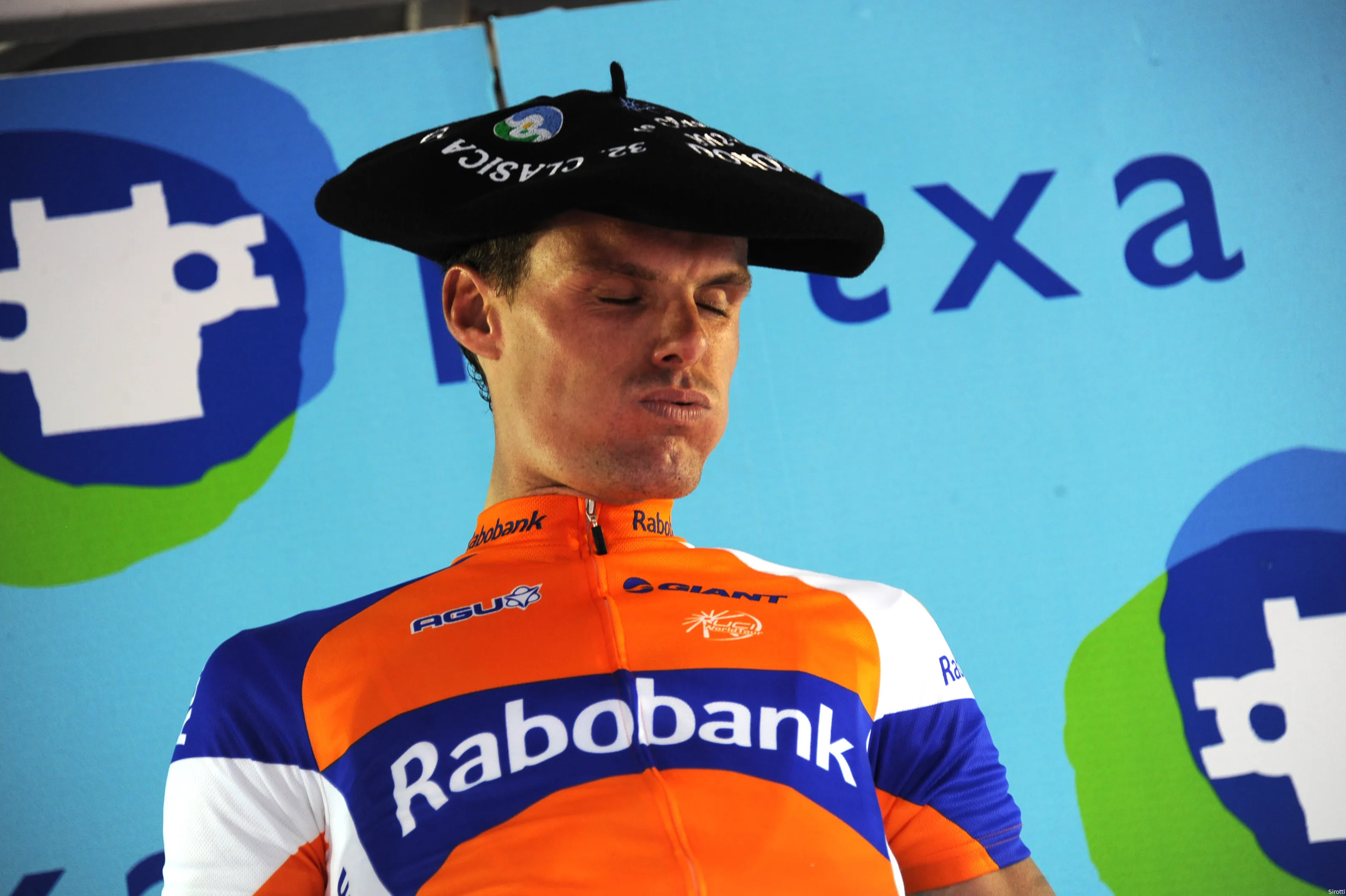
We are now in November, which means we have said goodbye to numerous cyclists whom we will not see returning to the peloton in 2024. One of the longest-serving riders we bid farewell to in 2023 is Spanish veteran Luis León Sánchez. IDLProCycling.com looks back at his career one more time!
Sánchez was born on November 24, 1983, in the Murcia region, and will celebrate his fortieth birthday later this month. In the early years of his life, it became clear quite quickly that sports would be a central part of his life. His father, Pedro León, worked for the Guardia Civil and was deployed to Bilbao. There, he was injured by a car bomb from the ETA, which resulted in significant leg injuries. As part of an effective rehabilitation, he had to do a lot of cycling. And that's where it all began.
Just like his older brother León, Luis León became passionate about cycling. In 2004, the cyclist turned professional with the prominent Liberty Seguros team, and the following year, he truly had his breakthrough. Not in one of the many Spanish spring races, but on the other side of the world: by winning the Tour Down Under, ahead of prominent Australian names like Allan Davis and Stuart O'Grady. He also rode his first of twelve Tour de France races that year at the age of 21.
Sánchez honors brother with Tour success
At the end of 2005, tragedy struck the Sánchez family: eldest brother León was involved in a collision between a quad bike and a tractor at the end of October, and did not survive the impact. This was a massive setback for the three younger brothers, with Luis León being particularly affected as he was León's best friend and regular training partner. Together with brother Pedro León - who was a professional football player for Real Murcia at the time and later also played for Real Madrid - they made a pact to dedicate every victory, and in the case of Pedro, every goal, to the memory of their eldest brother.
At the beginning of January, the cyclist once again traveled to Australia, where this time he was outsmarted by Simon Gerrans. That spring, he also showcased his skills in Paris-Nice (youth classification), Vuelta a Castilla y León (second place), and even the Three Days of De Panne-Koksijde (third place), but the rest of the season was somewhat less successful. Nevertheless, Caisse d'Epargne was already convinced of his talents, and an agreement was reached for 2007.
That proved to be a wise decision: in 2007, Sánchez finished third in Paris-Nice behind world-class cyclists Alberto Contador and Davide Rebellin, and also won a stage. He repeated this feat the following year, before going on to start his second Tour de France as the Spanish national time trial champion. During that Tour de France, we witnessed the first true masterpiece from the stage-hunter Sánchez. In Aurillac, he won the seventh stage, with his fingers of course pointing to the sky. In tribute to his brother León.
The following year, Sánchez started the season as the best version of himself, managing to turn a bonk from rival Contador into a prestigious overall victory in Paris-Nice. He also won a stage in the Tour of the Basque Country and (again) the Tour de France. This time, he triumphed in a transitional stage, outperforming Sandy Casar, Mikel Astarloza and Vladimir Efimkin.
Fantastic year brings Sánchez to new team
2010 can undoubtedly be dubbed the best year for Sánchez. In the first few months of the year alone, he managed to claim second place and a stage victory Down Under, second place and a stage win in the Algarve, third in Paris-Nice, fourth in Catalonia, victory in Sarthe and the Spanish time trial championship, only to then - very impressively for someone of his stature - finish ninth in the Tour and win the Clasica San Sebastian a few days later.
With his contract expiring, Sánchez found himself in a very good position, and Rabobank happily took advantage of that. The Dutch team signed the then 26-year-old Spaniard for two years. Coming in at ninth place in the Vuelta, he handed out another calling card for his Dutch tenure. Once he was part of the Dutch team, things progressed somewhat awkwardly - that is, until the Tour de France. In the Tour de France, he won the famous barbed wire stage from Johnny Hoogerland, thereby proving his worth in one fell swoop.
In his second year with the bank team, Sánchez once again proved his worth. Stage victories in Paris-Nice, the Tour de Romandie (two), the Tour de France, and a second victory in Clasica San Sebastián ensured that he was allowed to stay with the team for another two years. After that last victory, his contract was even upgraded once more, before anyone knew that the doping scandal surrounding Lance Armstrong would erupt that winter. Rabobank immediately pulled the plug on the sponsorship, and in Richard Plugge's Blanco Pro Cycling, a new wind started to blow through the former bank team.
Controversy begins to arise around Sánchez, who manages to endure for a long time
In early February 2013, the team announced that Sánchez was suspended, as he was linked to the doping case of Fuentes in 2006 and possible contacts with Italian doping doctor Ferrari. However, Blanco was not able to substantiate this, and in May, the Spaniard - who threatened with an arbitration case - was allowed to race again, immediately winning a stage in the Baloise Belgium Tour. Despite a contract running until 2015, Sánchez and - by then - Belkin mutually agreed to part ways at the end of 2013 after a settlement was paid, with the Spaniard moving to Caja Rural. With that team, he came back into the spotlight in 2014 by winning the mountain jersey in the Vuelta.
Consequently, he was picked up by Astana in 2015, where he increasingly settled into a role as a luxury helper. He certainly still won his races and also managed to win the European Games in 2015, but above all, he was an important link in the grand tours for team leaders such as Fabio Aru, Vincenzo Nibal and Miguel Ángel López. In addition, the loyal Sánchez was traditionally one of the men who completed the most race days per season and also had to contend with his share of bad luck: for example, he broke his elbow in the 2018 Tour.
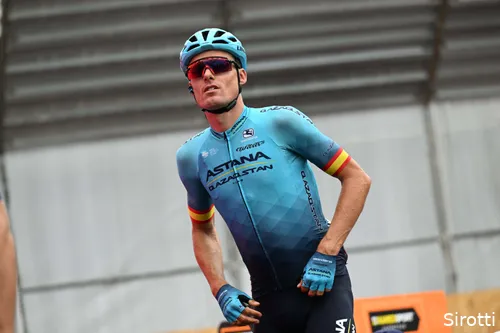
Bahrain Victorious included him in the team for another year in 2022, but for 2023, Sánchez returned to Astana. After riding the Giro d'Italia, he also made an appearance in the Tour de France, where he took on a role in the sprint train of Mark Cavendish. That proved costly, as a fall in the fourth stage forced him out of the Tour de France.
At the time, this seemed to mark the end of Sánchez's career, but as always, he quickly bounced back. He appeared in the Vuelta, but even in his fourteenth participation in the tour of his country, he did not manage to win a stage. Just after the second rest day, he announced that he would retire after the Vuelta, only to then suffer a hard fall. Nevertheless, Sánchez persevered and reached Madrid, where he figuratively hung up his bike. With that, we say goodbye to one of the peloton's classic old-school stage raiders.
IDL-productions
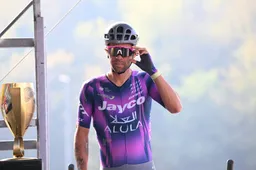
Sanremo, a world title and the yellow jersey: Michael Matthews escaped death - and that reignited his spark
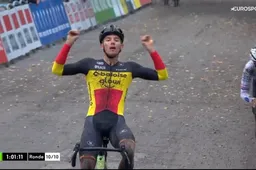
Unlike road colleagues Van der Poel or Van Aert, Nys rides twice as many cyclo-crosses: 'He doesn't want to ride only ten cyclo-crosses'
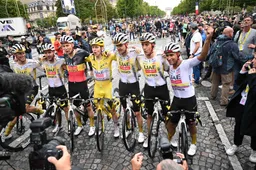
95 (or was it 97?) wins and a new record year, but losing that one race still hurts UAE Team Emirates - XRG

Former cyclocross world champion recalls wonderful memories of young Nys: "Back then we thought: that's not going to work out"

There was smoke so there was fire, but in 2026, how will Lidl-Trek make sure that fire doesn't flare up again?
Latest Cycling News
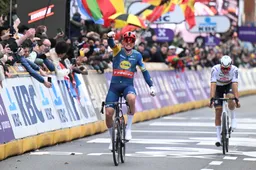
Danish domestique explains difference between Van der Poel and Pedersen: 'Mads is much more involved'
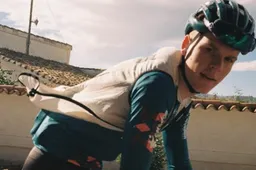
Visma | Lease a Bike acquisition Schiffer: 'As a 15-year-old, I already had a pretty high VO2max of 75 ml/kg/min'
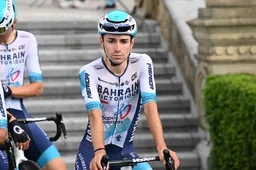
Lenny Martinez with limp-drive toward 2026, Antonio Tiberi opts for other goals
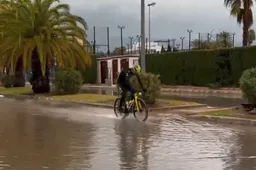
📽️ Code red in Valencia: Wout van Aert and Visma | Lease a Bike fight storm Emilia
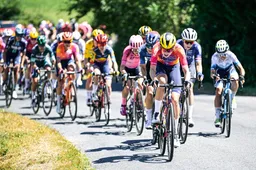
Women's cycling in distress? 'The cracks are visible'
Popular Cycling News
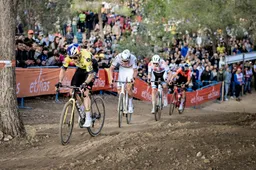
National coach on first duel Mathieu van der Poel vs. Wout van Aert
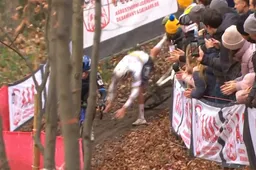
Even with Van der Poel, something can go too fast; world champion has indicated he wants a different approach for cyclocross winter

Day after tough comeback in Namen, Mathieu van der Poel is already showing his skills again

📽️ Code red in Valencia: Wout van Aert and Visma | Lease a Bike fight storm Emilia
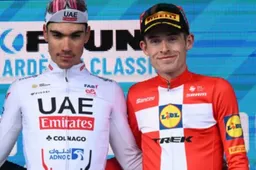
Skjelmose regrets statements about 'fellow nerd' Ayuso: 'I told him I was sorry'
Latest Comments
- Those events are mental rest for him. Fun, without expectations. *Sagan lost his abilities because he gained weight and got lazy. Pogi will likely retire before that has a chance at happening.Veganpotter14-12-2025
- Ah, the consequences of riding for Israel.Veganpotter11-12-2025
- Pidcock could follow everyone but Pogi while finishing 3rd. No second place rider this season😃Veganpotter16-11-2025
- Now the Palestinian protestors can stop their whining. Trump came to the rescue. So they can now STFU and go back to waving the rainbow flags.raufus15-10-2025
- Cracked the code lol. If it was that easy to 'crack the code' jonny Vegas would be charging up the Kwaremont giving Pog a dose of his medicine. Evenepoel can't match pog on a climb and neither can mvdp. Anything with a half difficult climb and Pog smashes the field. Even on flat(ish)parcours like Roubaix it came down to a mistake and crash by pog to definitively crown mvdp. MSR is the only one that Pog probably won't win.kevpt10-10-2025
- We've seen this movie before. I think Pogacar is doping.DeadBlow10-10-2025
- 👍Bea08-10-2025
- 👌🏻Bea08-10-2025
- What the data doesn't show is how much of an effect drafting had for evenepoel. Pogacar went with del toro at 100km whilst Evenepoel was still in the bunch. Despite the bike changes he still had a lot of assistance getting back to the bunch. Pogacar then rode 60km solo whilst evenepoel rode with Healy/Skjelmose until going solo in thd last 10-15km. Thats ~20% less power / energy requirements for 45-50km. Apples and oranges...kevpt30-09-2025
- 👏👏Bea24-09-2025
Loading